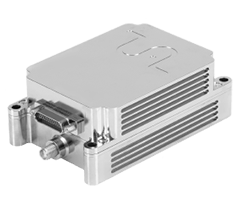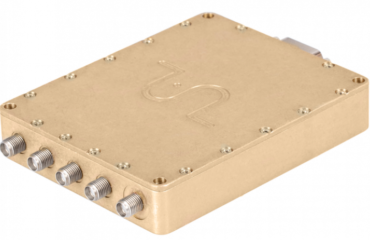Today, when the digital age is developing rapidly, data communication and computer networks have become an integral part of our lives. There is a fundamental element for these networks to function properly and to transmit data securely: Data Link Layer. In this article, we will take a closer look at what the Data Link Layer is, its tasks and why it is vital for networking.
Key Tasks of Data Link Layer:
Creating Data Frames: The Data Link Layer prepares high-level data for transmission by converting it to low-level data frames. These frames facilitate the splitting and transmission of data into pieces.
Addressing: Each network device carries a unique physical address or MAC address. The Data Link Layer recognizes the sender and recipient in communication using these addresses.
Error Control: The Data Link Layer checks the error to maintain the accuracy and integrity of the transmitted data. It detects faulty data frames and corrects them as needed.
Flow Control: Regulates and controls the data flow in the network. It balances the speed differences between devices that send data and receive data, making the network run efficiently.
Conflict Management: In shared networks, trying to send data to multiple devices simultaneously can lead to conflicts. The Data Link Layer detects these conflicts and uses algorithms to resolve them.
Importance of Data Link Layer:
Data Link Layer is the main carrier of network communication. It regulates data transmission, checks for errors and can be an important component for network security. This layer is indispensable to ensure that data is transmitted securely and regularly in today’s connected world.
Data Link Layer is the basic carrier of computer networks and assurance of communication. It regulates data transmission, checks for errors and provides network security measures. This layer plays a critical role in ensuring smooth and safe communication in today’s digital world.


